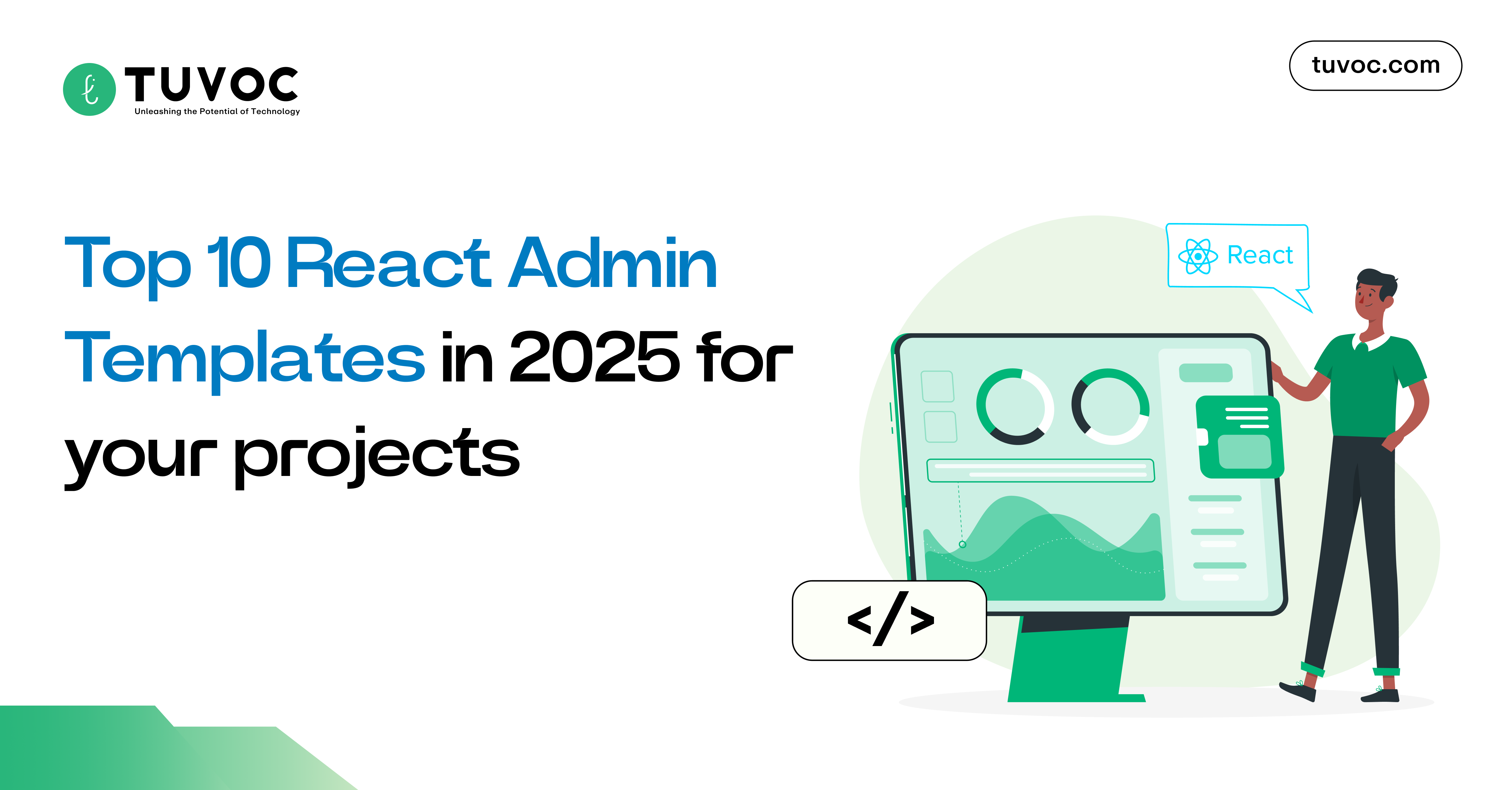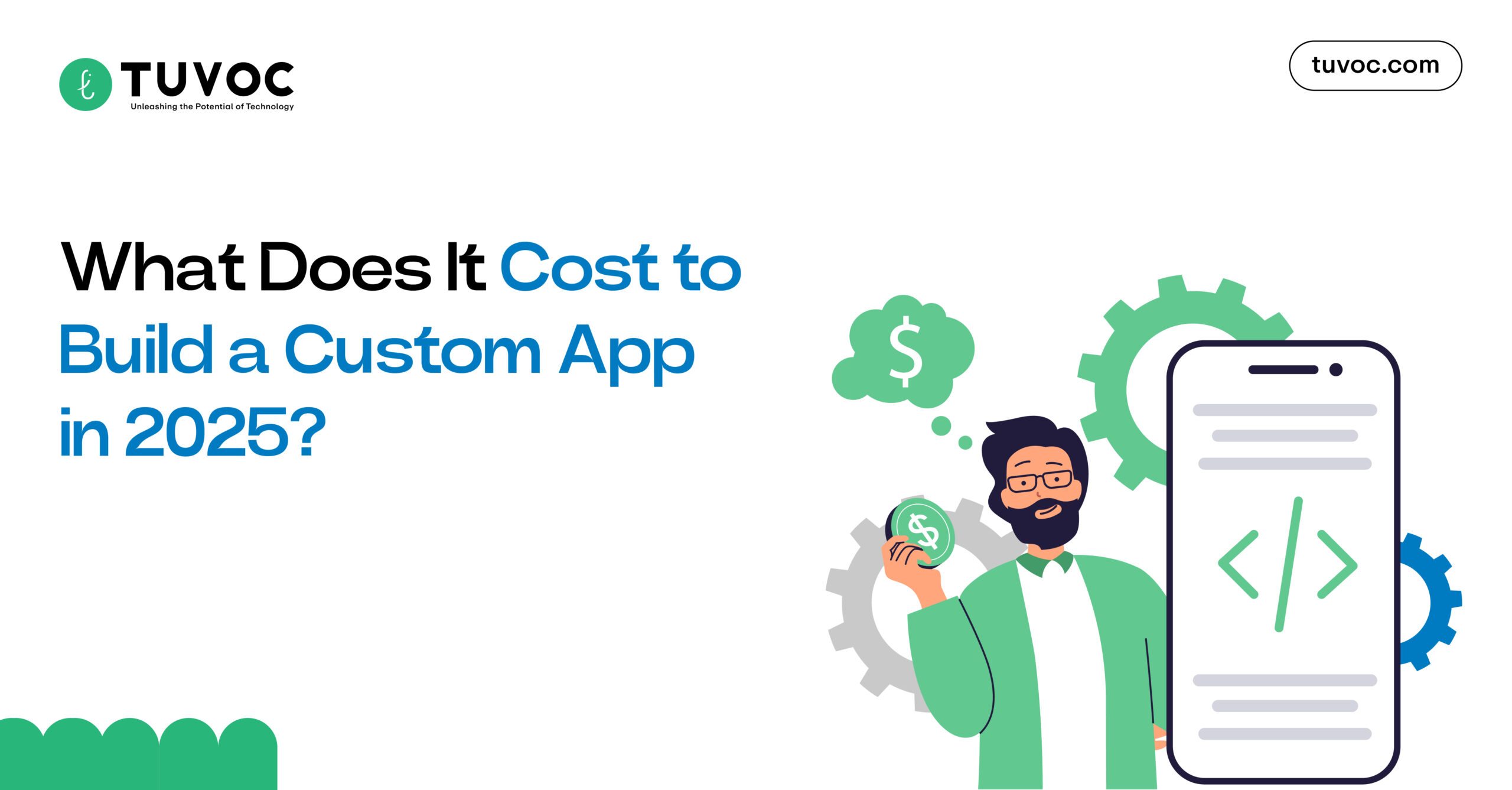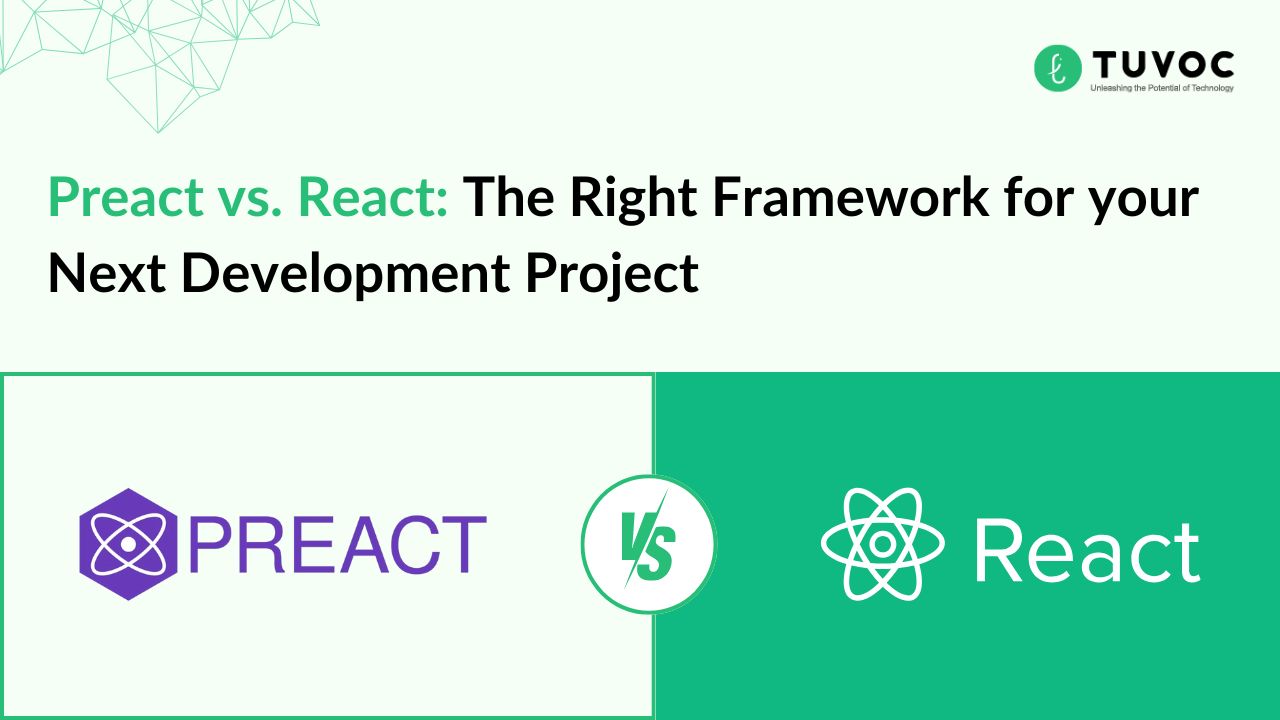Mastering Android to iOS App Conversion: Comprehensive Guide
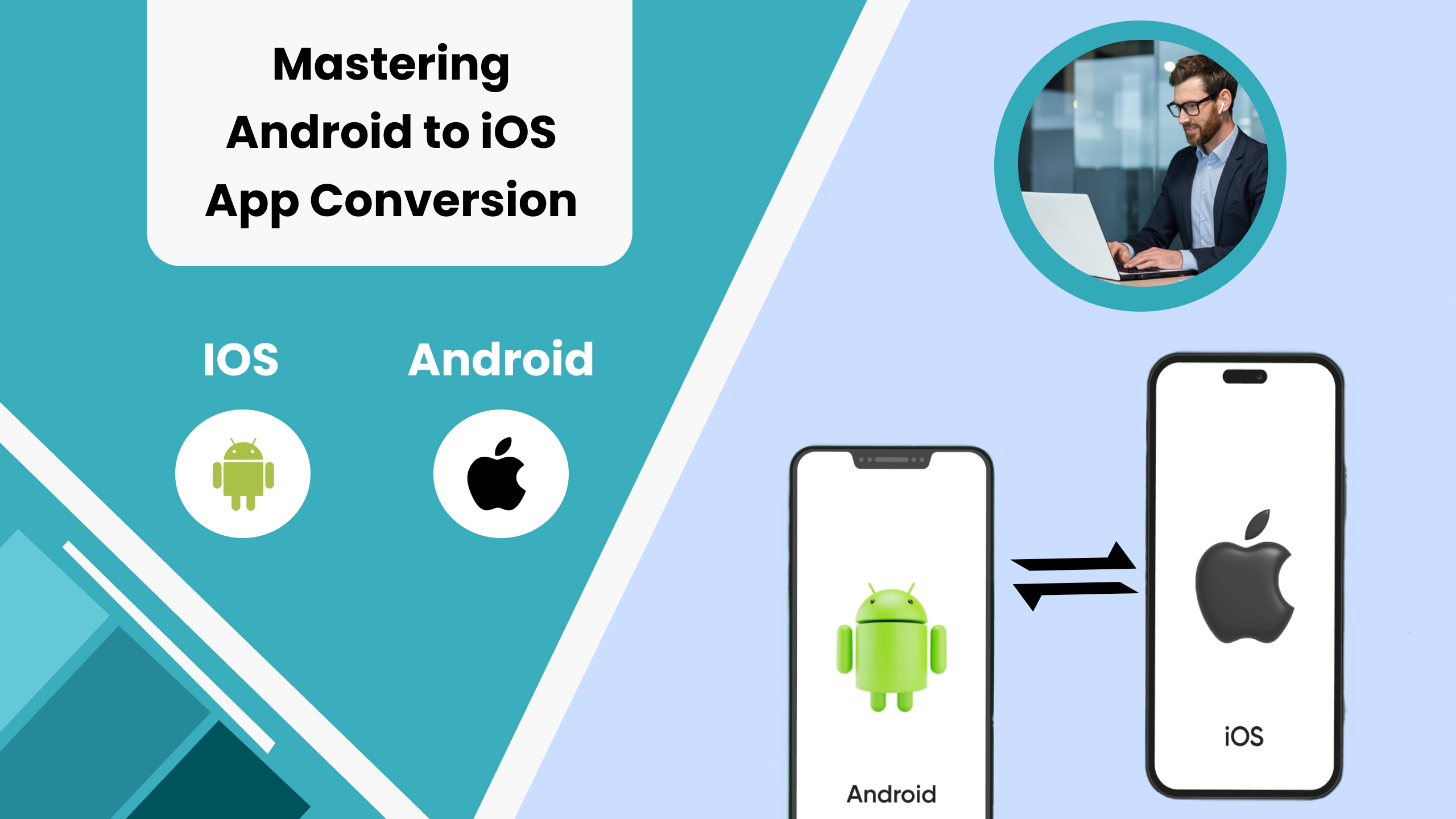
Introduction:
Having a presence on both the Android and iOS platforms is vital for extending your application’s scope and improving its possibility in the present mobile-centered market. You’re in the ideal spot assuming you’ve proactively made your application on Android and are considering doing the change to iOS.
With an iOS mobile app development company, you can get to another cosmos of chance by changing over your Android application to iOS, which empowers you to arrive at the huge client base of iOS gadgets, including iPhones and iPads.
In today’s mobile-focused market, expanding your software to both iOS and Android is essential to accessing a wider user base.
Visit link – https://t.co/xo5cKYoRlv#app #mobileapp #androidapps #iosapp #appdesign #uidesign #uxdesign pic.twitter.com/wHpy548b0E
— Tuvoc Technologies Private Limited (@Tuvocpvtltd) May 9, 2024
We’ll make you stride by step through the most common way of figuring out how to change Android applications to iOS in this broad guide, giving you the data and assets you want to finish this amazingly exhilarating experience.
Presently we should make a plunge and look at the advantages of changing your Android application to iOS, empowering you to understand your application’s maximum capacity in the powerful portable market.
Capturing the Differences Among Android and iOS Platforms:
Before jumping into the transformation cycle, understanding the critical differences between the Android and iOS platforms is significant. Android and iOS have specific design standards, UI rules, and programming languages. Android applications are normally written in Java or Kotlin, while iOS applications are created utilizing Swift or Objective-C. Looking into these distinctions will assist you with fitting your application actually for the iOS stage.
Preparing for the Conversion Process:
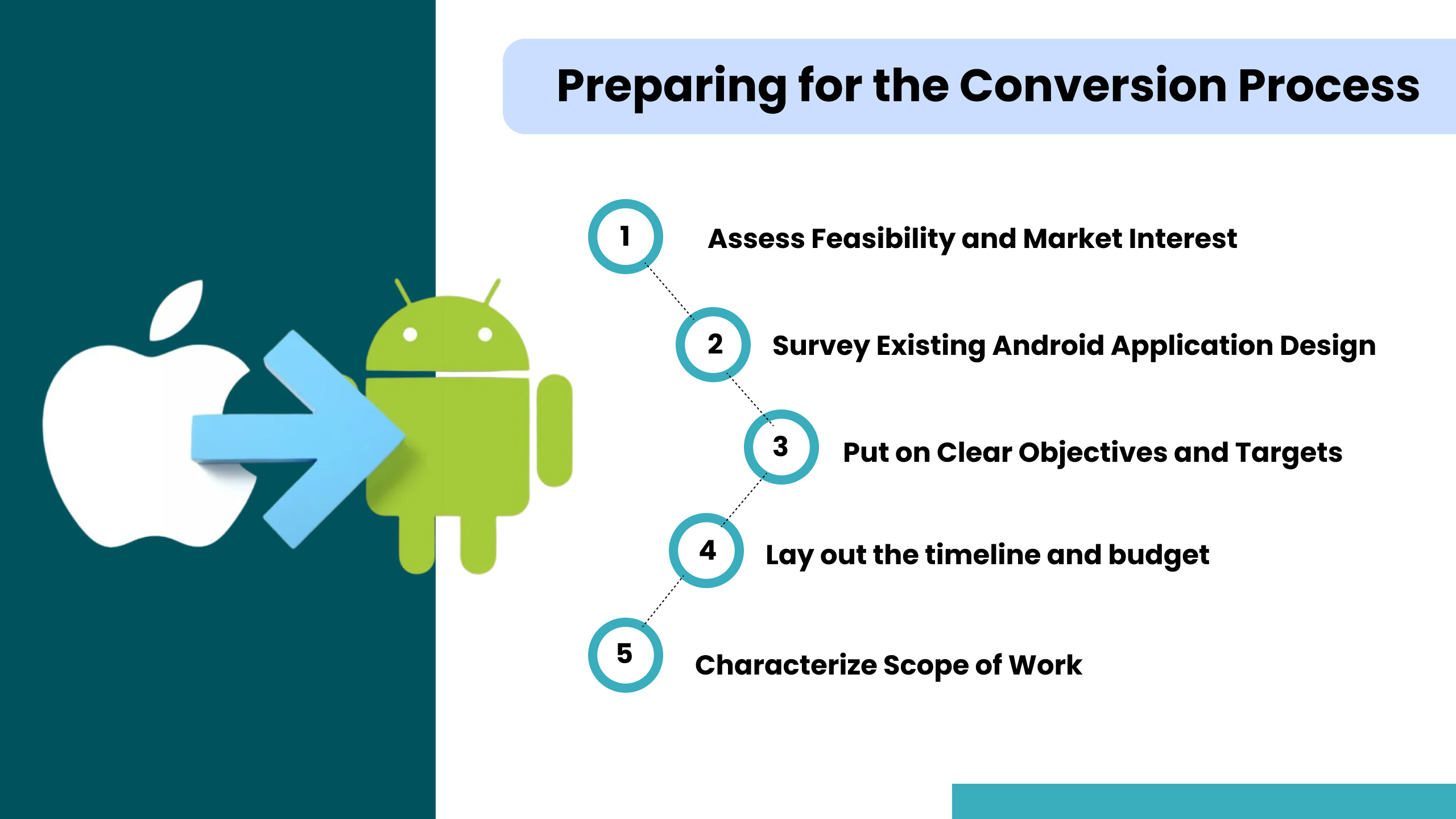
Before jumping into the change interaction, it’s pivotal to lay out the preparation and guarantee that you’re enough ready for the android app development services task ahead. Here are some critical steps to take while planning for the change from Android to iOS:
- Assess Feasibility and Market Interest: Assess the capability of sending off your application on iOS and lead statistical surveying to recognize requests.
- Survey Existing Android Application Design: Dissect your Android application’s engineering and codebase to expect difficulties during the transformation.
- Put on Clear Objectives and Targets: Characterize what you intend to accomplish by changing your application to iOS, for example, extending the client base or expanding income.
- Lay out the timeline and budget: Make a practical timetable and financial plan for the change project, taking into account factors like intricacy and accessible assets.
- Characterize Scope of Work: Focus on elements and functionalities for the iOS variant in light of their significance and pertinence.
Steps for Android to iOS Application Transformation:
1. Survey Android Application Features:
Start by completely examining the elements and functionalities of your current Android application. Distinguish which elements are fundamental and ought to be extended to the iOS version. Consider factors like client commitment, prominence, and importance to the iOS platform.
2. Plan iOS UI:
Planning the User Interface (UI) for iOS requires complying with Apple’s Human Interface Guidelines (HIG). This includes making UI components, for example, route bars, buttons, and menus that are predictable with iOS plan standards. Give close consideration to typography, separating, and visual order to guarantee a consistent and instinctive client experience on iOS gadgets.
3. Revise Codebase:
Reworking the codebase of your Android application for iOS includes interpreting your current Java or Kotlin code into Swift or Objective-C, the programming languges utilized for iOS development. This interaction might require rebuilding your code to fit iOS platform shows and incorporating iOS-explicit APIs and systems.
4. Implement Platform-Specific Features:
iOS and Android platforms have extraordinary highlights and capacities that require platform-specific executions. Distinguish and execute iOS-specific highlights like pop-up messages, and in-application purchases, and mix with Apple administrations like Apple Pay and iCloud. Use iOS systems like UIKit, Center Information, and Center Area to upgrade the usefulness of your application on iOS gadgets
5. Streamline Performance:
Performance streamlining is key for guaranteeing a smooth and responsive client experience on iOS gadgets. Address any similarity issues among Android and iOS code, advance asset use, and improve application responsiveness. Test the application on different iOS gadgets and variants to distinguish and address execution bottlenecks.
6. Test Thoroughly:
Careful testing is fundamental to guarantee the quality and dependability of your iOS application. Lead extensive testing across various iOS gadgets, screen measures, and working framework forms. Test for usefulness, ease of use, execution, and similarity to distinguish and fix any bugs, errors, or irregularities.
7. Guarantee Application Store Consistency:
Before presenting your iOS application to the Application Store, guarantee that it conforms to Apple’s Application Store Audit Rules. This incorporates giving precise application metadata, making convincing application store postings, and sticking to lawful necessities like protection strategies and terms of administration. Address any issues hailed by Apple’s Application Survey group before continuing to the accommodation stage.
8. Submit to Application Store:
When your iOS application is prepared for send-off and meets all Application Store rules, submit it for survey to Apple’s Application Audit group. Be ready to answer any input or demands for explanation during the audit cycle. Upon endorsement, your application will be distributed on the Application Store and made accessible to iOS clients around the world.
9. Monitor and Maintain:
After sending your iOS application, keep on observing its presentation and client fuss. Remain proactive in resolving any issues or updates that emerge present send off on keep a positive client experience. Routinely update your application with new elements, bug fixes, and improvements to keep it significant and cutthroat in the steadily developing application market.
Bottom line:
Changing over your Android application to iOS might appear to be an overwhelming undertaking, however with mindful preparation and performance, it very well may be a compensating try. Embrace the difficulties and chances of application transformation, and watch your application flourish in the serious versatile scene.
If you are planning to Hire iOS app developers or hire Android app developers in India, then Tuvoc technologies will be a great choice.
We provide Mobile app development services in India. Contact us now.
